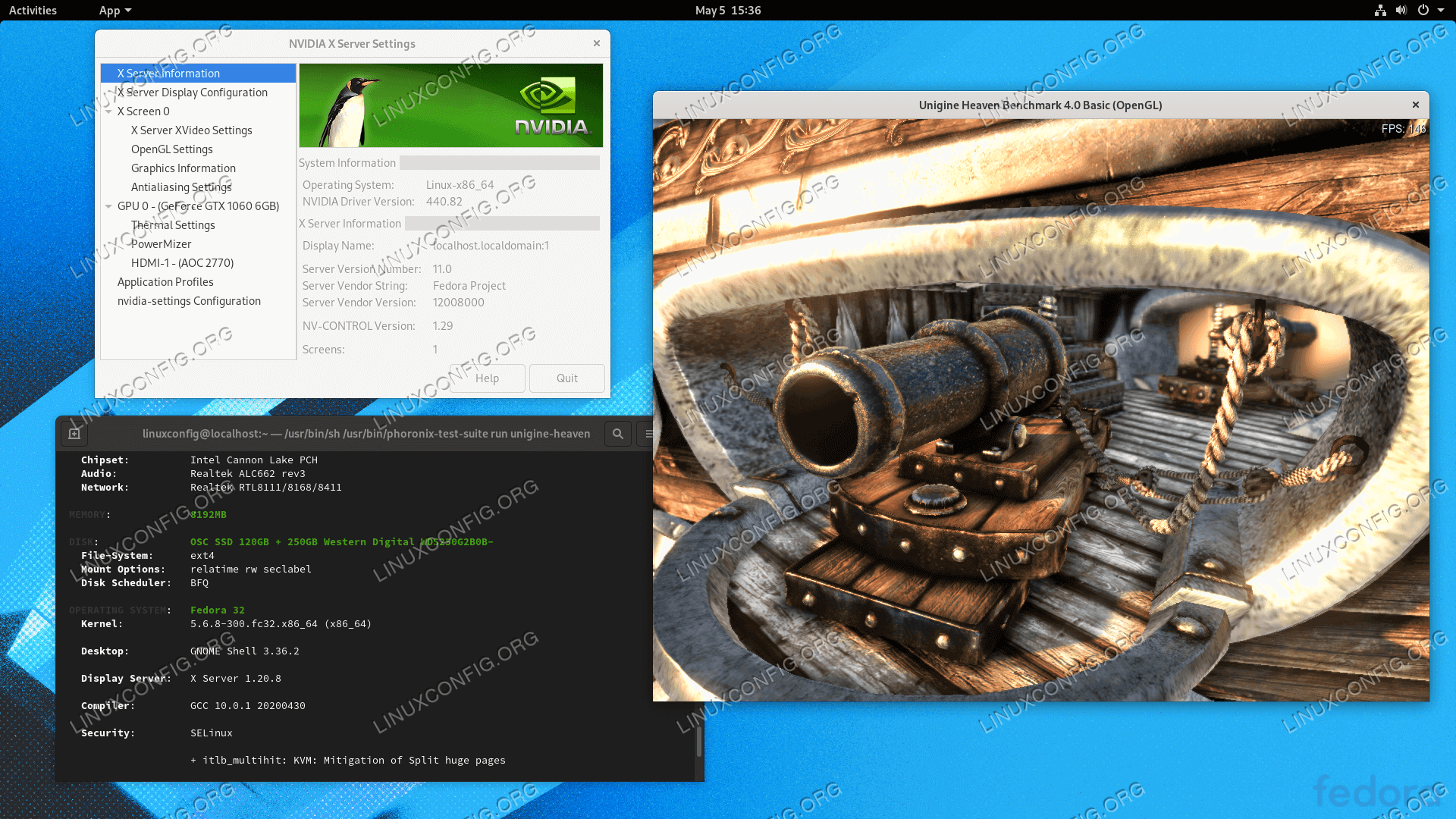
/cdn.vox-cdn.com/assets/1071987/2012-04-18_12-13-18-1024.jpg)
- #Install nvidia drivers windows 8.1 how to
- #Install nvidia drivers windows 8.1 install
- #Install nvidia drivers windows 8.1 update
- #Install nvidia drivers windows 8.1 driver
- #Install nvidia drivers windows 8.1 manual
It will lead you to the current GPU’s list.  Find the display adapters in the dropdown list. By clicking on the Windows key or type in the search bar. Then you need to Double-click on your NVIDIA GPU. Click System and Security and then System. Then you have to Double-click on Display Adapters. And then System (in Category view) / System (in Classic view). Similarly, you will obtain better results if you are using NIVIDIA’s GeForce Experience for managing your drivers. Windows device manager supports managing and updating all your computer’s device drivers.
Find the display adapters in the dropdown list. By clicking on the Windows key or type in the search bar. Then you need to Double-click on your NVIDIA GPU. Click System and Security and then System. Then you have to Double-click on Display Adapters. And then System (in Category view) / System (in Classic view). Similarly, you will obtain better results if you are using NIVIDIA’s GeForce Experience for managing your drivers. Windows device manager supports managing and updating all your computer’s device drivers. #Install nvidia drivers windows 8.1 driver
Whatever version of windows you are using provides you the ability to roll back your previous driver in case you are facing any issues after an update.

In case you have installed your existing driver devoid of first uninstalling the last version, you can just roll back to your driver to the previous version by using these steps. Roll Back To Your Previous Driver By using Device Management Control
Then just restart your computer to finish the installation and then you can perform the previous actions in which you encountered issues. Then select Custom (Advanced) and after this choose to Perform a clean installation. You have to launch the executable to do this during install. #Install nvidia drivers windows 8.1 install
To further wipe up the previous installations and install the latest version. Now you can install the drivers, which you have downloaded in the first step.  Eradicate all the current and earlier NVIDIA Graphics drivers and associated software by using the Display Driver Uninstall Utility (DDU) and do this process in the safe mode. You can select the most suitable version to rollback the driver and download it. Here you will get a list of drivers and their versions. Graphics card type Operating system Other required information. Search from the drop-down list for your graphics card drivers in the manually find drivers option. Rolling back with the Windows Device Manager.įirstly you need to download the previous functioning version of the NVIDIA driver for your computer from the NVIDIA official website. Display Driver Utility (DDU) and fetch previous Drivers from the NVIDIA website. There are two essential methods to roll back NVIDIA drivers:
Eradicate all the current and earlier NVIDIA Graphics drivers and associated software by using the Display Driver Uninstall Utility (DDU) and do this process in the safe mode. You can select the most suitable version to rollback the driver and download it. Here you will get a list of drivers and their versions. Graphics card type Operating system Other required information. Search from the drop-down list for your graphics card drivers in the manually find drivers option. Rolling back with the Windows Device Manager.įirstly you need to download the previous functioning version of the NVIDIA driver for your computer from the NVIDIA official website. Display Driver Utility (DDU) and fetch previous Drivers from the NVIDIA website. There are two essential methods to roll back NVIDIA drivers: #Install nvidia drivers windows 8.1 how to
In this article, you will find how to roll back to NVIDIA graphics card drivers’ previous versions to avoid any problem you were having with the present driver. The users of NVIDIA graphics cards frequently face issues that require them to revert to the previous installation of NVIDIA graphics. This is the mandatory software for most of the operating systems to fully supports the advanced features of GPU, which includes adjusting the screen resolution and the number of displayed colors.
#Install nvidia drivers windows 8.1 update
Many times these drivers come either with Windows or can be located by accessing Windows Update in Control Panel and can be downloaded from the own NVIDIA support website. It is mostly required for the proper functioning of hardware devices. How to Roll Back NVIDIA Drivers In Windows XP, 7, 8 And10?
1.3 Roll Back To Your Previous Driver By using Device Management Control. 1 How to Roll Back NVIDIA Drivers In Windows XP, 7, 8 And10?. Is this a software or hardware issue? Any resources to point me in the right direction for remedying this situation would be greatly appreciated. After the first update completes and I restart my PC, I get the same blue-screen-sad-face message as before. I try using Windows Update instead of downloading the graphics drivers myself. It is frozen in the process of restoring for hours. #Install nvidia drivers windows 8.1 manual
I throw in the 8.1 disc and proceed to do a manual startup repair. Upon restart, it enters some sort of self-repair cycle, which-of course-is "unable to repair" my PC. I'm then greeted by a blue screen with a sad face telling me my computer can't boot. Installation completes and I restart my computer. I go and grab the latest stable Nvidia drivers. I go to put in my old GTS 250, and it boots at a low resolution which is generally normal without drivers. I have a brand new build with Windows 8.1 freshly installed.


/cdn.vox-cdn.com/assets/1071987/2012-04-18_12-13-18-1024.jpg)





 0 kommentar(er)
0 kommentar(er)
